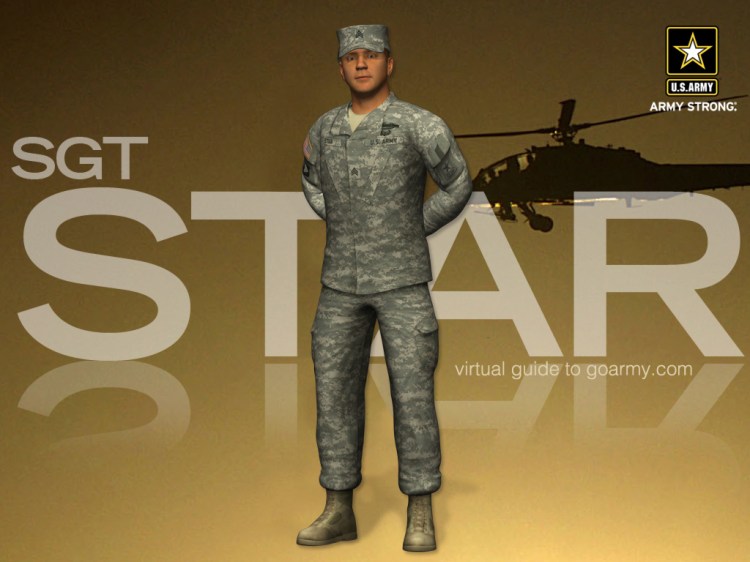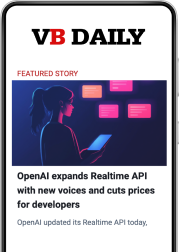Watch all the Transform 2020 sessions on-demand here.
Longtime digital assistant maker Next IT today announced it will open its data libraries and toolsets to businesses and developers interested in building richer conversational experiences.
Whereas many companies — including leaders like Google and Amazon — have been offering AI assistants or bots for a few years, Next IT has been working with large companies on conversational software for more than a decade.
Next IT has made a range of bots designed to provide a comprehensive set of services to companies like Amtrak, Alaska Airlines, Dell, and some of the largest health care companies in the United States.
Government customers include the United States Citizenship and Immigration Services (USCIS) and the U.S. Army, whose conversational Sgt Star bot has answered many questions about enlistment over the past 12 years.
June 5th: The AI Audit in NYC
Join us next week in NYC to engage with top executive leaders, delving into strategies for auditing AI models to ensure fairness, optimal performance, and ethical compliance across diverse organizations. Secure your attendance for this exclusive invite-only event.
Called Conversational Intelligence or Conversational Experience, the collection of datasets and tools includes 20 million real-world labeled user questions and 165,000 unique, pre-defined actions.
Offering bits of knowledge that businesses and developers may need to make more complex bots is potentially the start of a new business model for Next IT, who up until now has focused on making conversational bots for large enterprise companies, as well as a platform to manage conversations with customers.
The tools and datasets are aimed at any business that has made a bot using one of the many conversational solutions launched in recent years but thinks their bot is still missing some parts.
“You make some moving-forward decisions with [IBM’s] Watson? There are certainly areas [where] we know there are some deficiencies, and we can help, and you don’t have to buy our whole solution,” Next IT president Tracy Malingo told VentureBeat in a phone interview. “It becomes more of an inclusive democratization play than it does a proprietary black box of ‘you either pick me or you don’t pick me, and if you don’t, you have trade-off and benefits’.”
Not every company needs a bot that’s able to do everything possible. Some bot developers certainly believe that trying to do everything is a fool’s errands when you’re building a bot.
Some NextIT clients in the financial services industries have bots that are able to handle as many as 10,000 intents, including answering questions or completing tasks.
Malingo acknowledges that there’s no one-size-fits-all solution, but she thinks businesses need to be aware of the growing number of use cases.
“I don’t believe you need to be able to support that many intents for a single use case, however I think businesses have many more use cases that they should be doing,” she said. “So although a particular use case’s language model may only need 400, 500, 1,000 intents, there could be 10 of those use cases within an enterprise company, and therefore you still have to solve for the scale and solve for the precision and testing part of the problem.”


